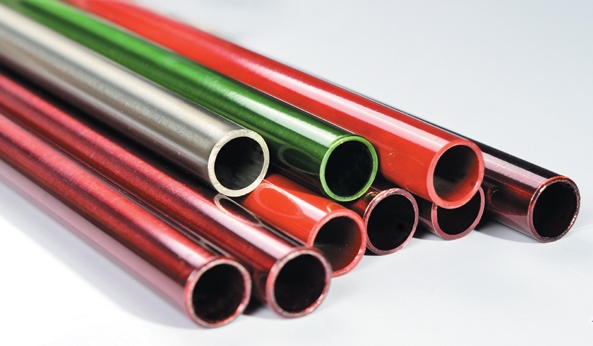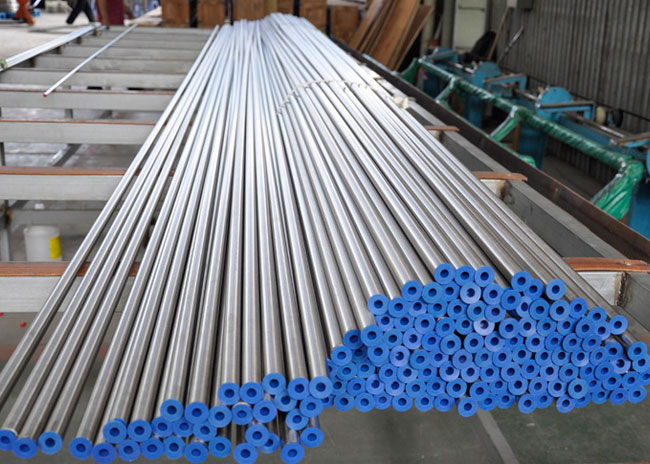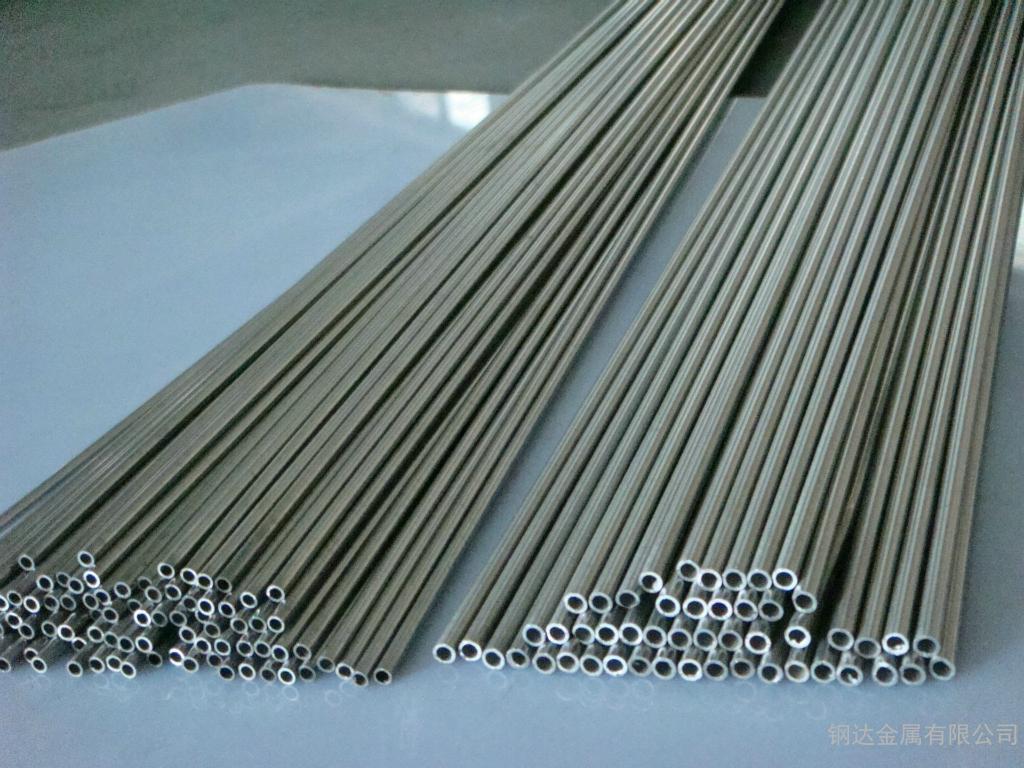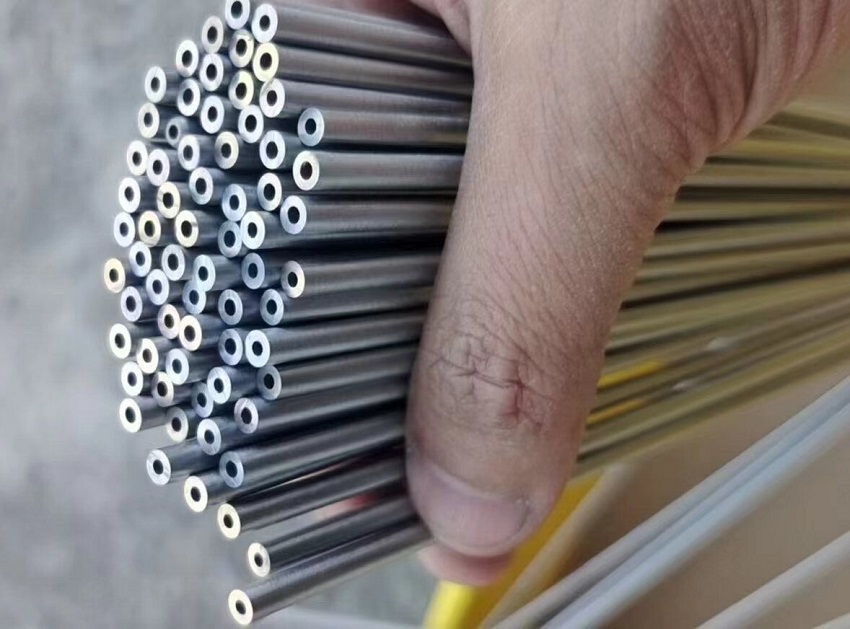Hydraulic Tubing vs. Pneumatic Tubing
Hydraulic tubing and pneumatic tubing both serve vital roles in various industrial applications, they differ significantly in their operating principles and design considerations. Hydraulic tubing is engineered to withstand high pressures and transmit fluids, typically liquids like oil or water, used in heavy-duty machinery such as construction equipment or hydraulic presses. In contrast, pneumatic tubing is designed for lower pressures and carries compressed air or gases, commonly utilized in automation, control systems, and pneumatic tools. While hydraulic systems offer greater force and precision, they require more maintenance due to the potential for fluid leaks and contamination. Pneumatic systems, on the other hand, are generally cleaner, quieter, and more flexible, albeit with reduced power compared to their hydraulic counterparts. Ultimately, the choice between hydraulic and pneumatic tubing depends on factors such as application requirements, environmental considerations, and operational preferences.
1. Hydraulic Tubing vs. Pneumatic Tubing Purpose:
- Hydraulic Tubing: Hydraulic tubing is used in hydraulic systems, which transmit power using pressurized fluid (usually oil) to perform mechanical work. These systems are commonly found in heavy machinery, construction equipment, and industrial applications where high force and precision are required.
- Pneumatic Tubing: Pneumatic tubing is used in pneumatic systems, which use compressed air or gas to transmit power. Pneumatic systems are often used in manufacturing and automation for tasks such as actuating valves, moving components, and controlling processes.
2. Hydraulic Tubing vs. Pneumatic Tubing Fluid Medium:
- Hydraulic Tubing: Hydraulic systems use hydraulic fluid, typically oil-based, which is non-compressible. The incompressibility of the fluid allows for precise control and the generation of high forces.
- Pneumatic Tubing: Pneumatic systems use compressed air or gas, which is compressible. While this allows for easy adjustment of pressure and speed, it also means that pneumatic systems are less suitable for high-force applications compared to hydraulic systems.
3. Hydraulic Tubing vs. Pneumatic Tubing Pressure:
- Hydraulic Tubing: Hydraulic systems typically operate at higher pressures than pneumatic systems. Hydraulic pressures can range from hundreds to several thousand psi (pounds per square inch).
- Pneumatic Tubing: Pneumatic systems operate at lower pressures, typically ranging from 20 to 150 psi. This lower pressure makes pneumatic systems safer for many applications and reduces the risk of system damage in case of a leak.
4. Hydraulic Tubing vs. Pneumatic Tubing Tubing Material:
- Hydraulic Tubing: Hydraulic tubing is often made of materials such as steel or stainless steel due to the high pressures involved. These materials provide strength and durability to withstand the forces and pressures in hydraulic systems.
- Pneumatic Tubing: Pneumatic tubing can be made from various materials, including plastic (e.g., polyurethane or nylon) and lightweight metals (e.g., aluminum). The choice of material depends on the specific requirements of the pneumatic system.
5. Hydraulic Tubing vs. Pneumatic Tubing Size and Diameter:
- Hydraulic Tubing: Hydraulic tubing typically has a larger diameter and thicker walls to handle the higher pressures and forces involved in hydraulic systems.
- Pneumatic Tubing: Pneumatic tubing often has a smaller diameter and thinner walls since it operates at lower pressures and is designed for lighter-duty applications.
6. Hydraulic Tubing vs. Pneumatic Tubing Sealing:
- Hydraulic Tubing: Hydraulic systems require robust seals and fittings to prevent leaks due to the high pressures involved.
- Pneumatic Tubing: Pneumatic systems are less sensitive to small leaks, but proper sealing is still essential for maintaining system efficiency.
Hydraulic tubing is used in high-pressure, high-force applications where precision and power are critical, while pneumatic tubing is employed in lower-pressure applications that prioritize simplicity and ease of use. The choice between hydraulic and pneumatic systems depends on the specific requirements of the application and the trade-offs between force, pressure, and control.

Color zinc hydraulic steel tube
请输入搜索关键字
确定






